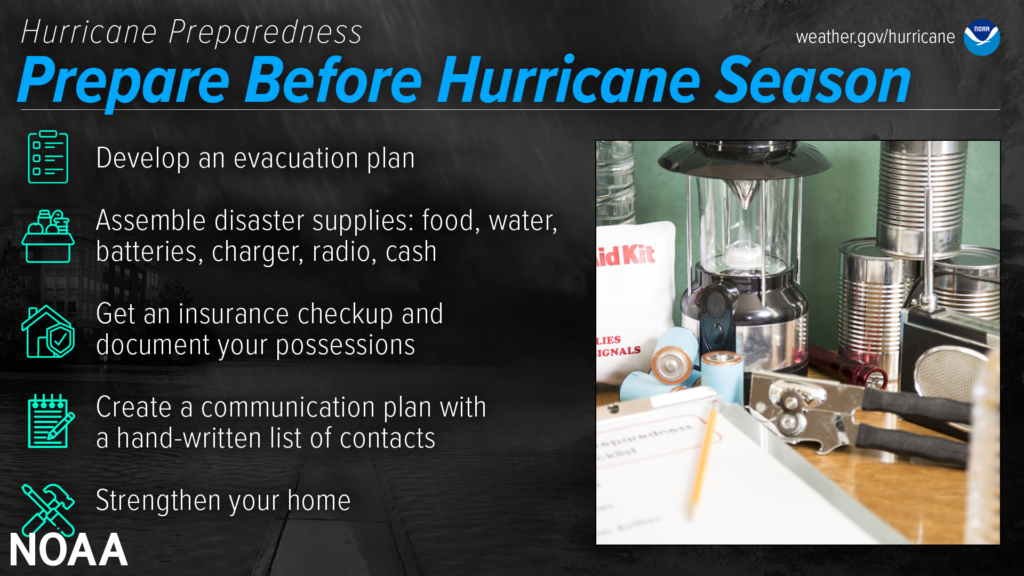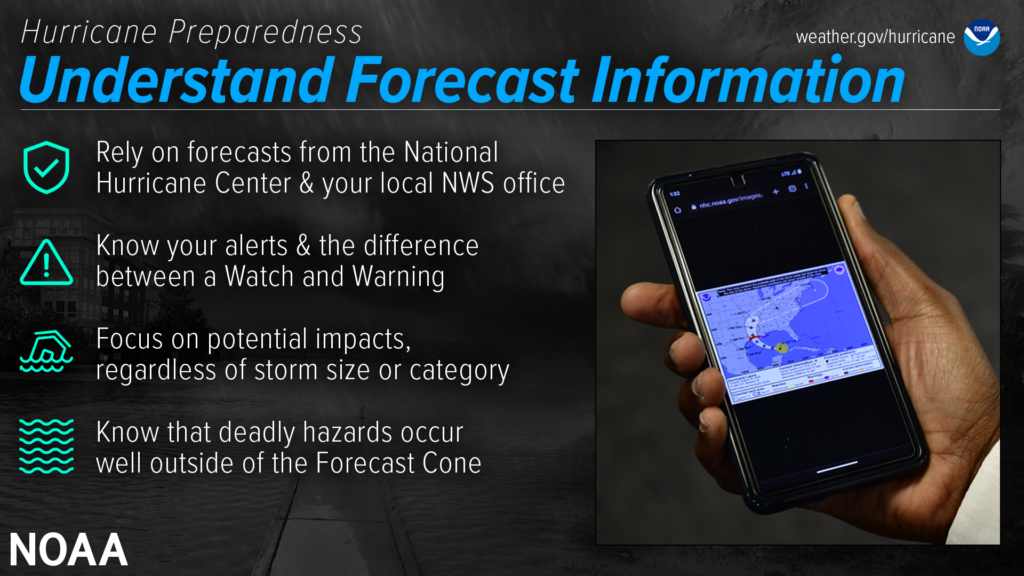Brief Interruption in Water Pressure
There was a brief interruption to water pressure this morning between 10:00 and 10:30 am due to electric issues at the District’s water plant. Water pressure has since been restored.
Please report any further issues 281-290-6500.










